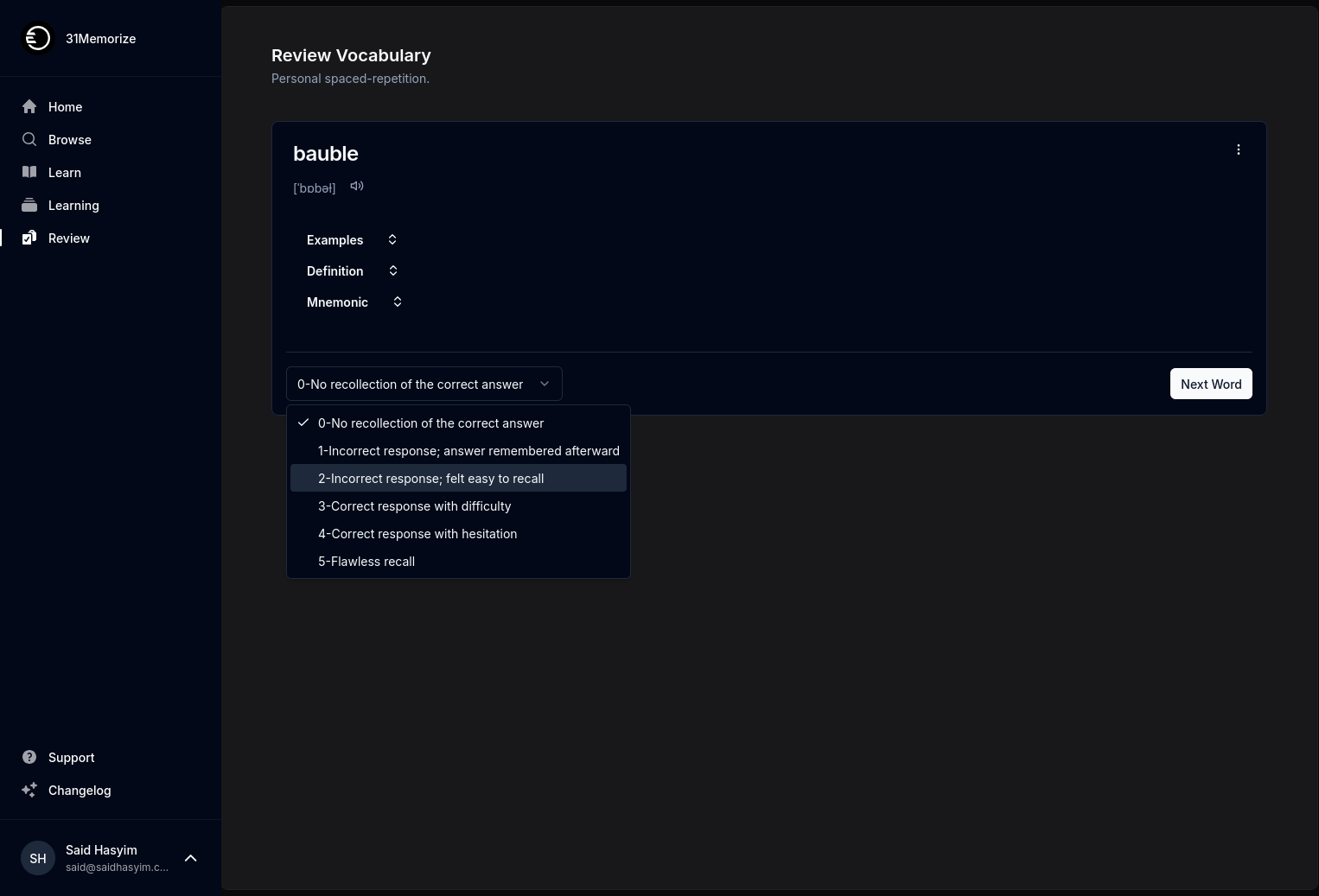Best Practices for Monitoring Book Feedback
In today's digital age, effectively managing feedback on books is crucial for writers, publishers, and marketers alike. Whether you're launching a new novel, poetry collection, or non-fiction work, understanding reader responses can significantly enhance your future projects and promotional endeavors. In this blog post, we will explore best practices for monitoring book feedback that can help you gather meaningful insights, engage with your audience, and ultimately improve your craft.
1. Setting Up Feedback Channels
Diverse Platforms
Begin by establishing multiple feedback channels to capture reader opinions. This can include:
- Online Retailers: Make sure you track reviews on platforms like Amazon, Barnes & Noble, and Goodreads.
- Social Media: Utilize Twitter, Instagram, Facebook, and TikTok where readers often share their thoughts.
- Author Website: Consider creating a dedicated page for reader reviews or a contact form for direct feedback.
- Book Bloggers and Review Websites: Engage with book bloggers and encourage them to review your work.
By diversifying your feedback sources, you’ll gain a comprehensive view of how readers perceive your book.
Encourage Feedback
Encourage readers to leave their thoughts by including a call-to-action at the end of your book or during your promotional activities. A simple "If you enjoyed this book, please leave a review!" can go a long way.
2. Organizing Feedback
Create a Feedback Log
Create a centralized document, like a spreadsheet or database, to log all feedback you've received. Include columns for:
- Source: Where the feedback was found (e.g., Amazon, Twitter, personal messages).
- Type: Was it a review, comment, or direct message?
- Date: When feedback was received.
- Sentiment: Positive, negative, or neutral.
- Key Themes: Major points raised such as character development, pacing, or emotional impact.
- Actionable Items: Things to consider for future works.
A structured feedback log will allow you to easily analyze trends over time and identify specific areas for improvement.
Theme Analysis
Periodically analyze the feedback for common themes. For instance, if multiple readers mention slow pacing, it’s worth reflecting on and addressing in future projects. Look out for specific words or phrases that keep recurring which might hint at the elements that resonate with or dissatisfy your audience.
3. Engaging with Readers
Respond to Feedback
Taking the time to respond to reader feedback—especially on social media or direct comments—can create a loyal fan base. Show your appreciation for constructive criticism, and express gratitude for positive reviews. However, remember to maintain professionalism even when dealing with negative comments.
Host Feedback Sessions
Consider hosting live Q&A sessions, book club discussions, or webinars where readers can share their thoughts. This not only provides you with direct feedback but also creates a sense of community among your readers.
4. Leveraging Technology
Automated Monitoring Tools
Investing in tools that automate the monitoring of book feedback can save you time. Many platforms allow you to set up alerts for whenever your name or book title is mentioned. Look for free or low-cost tools that provide sentiment analysis and feedback aggregation without breaking the bank.
Analytics on Social Media
Use social media analytics tools to assess how often your book is mentioned and the overall sentiment surrounding it. Most platforms like Facebook and Twitter offer built-in analytics to track engagement metrics.
5. Gathering Qualitative Feedback
Personal Interviews
For a more in-depth understanding, consider conducting personal interviews or surveys with readers. This qualitative data can provide deeper insights that may not be captured in reviews. Focus on open-ended questions that encourage readers to express what they truly felt about your book.
Book Clubs
Engage with local or online book clubs that read your work. Offer to join a session for discussions—it’s a great way to hear direct feedback and promote author-reader relationships.
6. Continuous Learning
Adapt Based on Feedback
The best writers are those who are willing to learn and evolve. While it’s essential to stay true to your artistic vision, staying aware of reader preferences can guide your creative process. Incorporate feedback into your writing plans, whether it’s experimenting with different genres or altering your writing style.
Stay Informed
Follow industry trends and author communities to grasp current reader expectations. Joining professional organizations and participating in workshops can also enhance your skills and market understanding.
7. Conclusion
Monitoring book feedback is a vital component of an author's growth and success. By utilizing diverse channels to gather feedback, organizing your insights, engaging with readers, leveraging technology, and continuously learning, you can transform feedback into a foundational tool for improvement. Remember that every piece of feedback offers an opportunity for growth, helping you create better stories that resonate with your audience.
As you embark on your journey of monitoring feedback, adopt these best practices to not only track reader sentiment but also to foster a community of loyal readers who feel invested in your literary journey. Happy writing!
